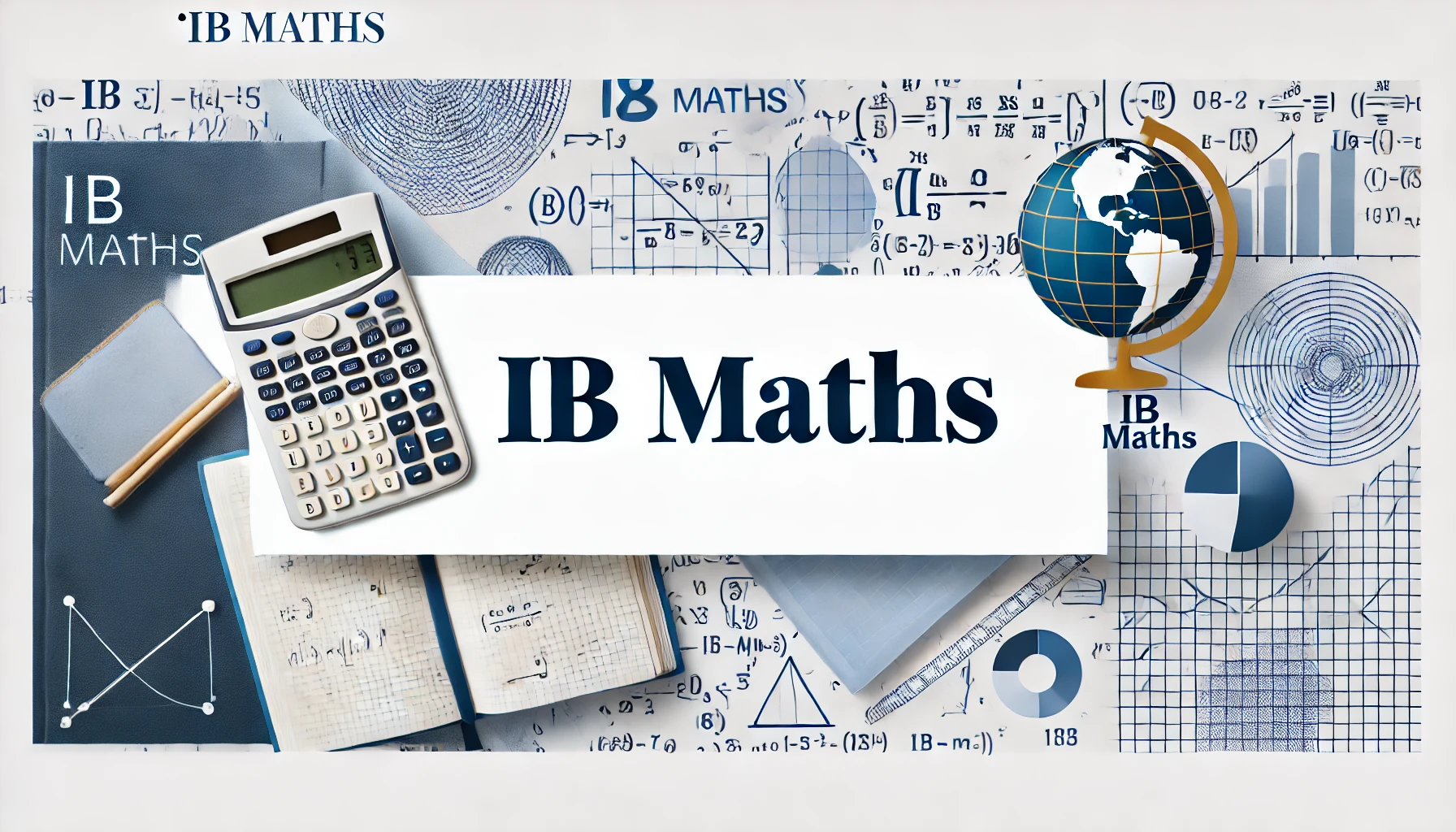

Excelling in IB Physics isn’t just about understanding equations or mastering concepts—it often comes down to how well you respond to questions in a way that meets the expectations of IB examiners. A key element of this is grasping command terms. These precise words or phrases in exam questions clearly specify what is required in your answers.
What Are Command Terms?
Command terms are the instructional verbs or directives used in IB Physics questions, guiding students on how to approach and structure their answers. These can range from simple tasks like "state" or "identify" to more complex actions such as "explain" or "analyse."
Each command term has a precise meaning, and examiners expect students to respond accordingly. For instance:
- "Calculate" requires you to show all steps leading to the final answer.
- "Describe" demands a clear explanation of a concept or process in physics.
Given that exams contribute to roughly 80% of the total marks in most IB subjects, a thorough understanding of command terms is essential to optimise your exam performance.
💡Check out our blog for a full breakdown of how the IB is graded!
IB Physics Command Terms
Why Are Command Terms Important?
- Clear Understanding of Expectations:
- Command terms specify exactly what the question is asking. Misinterpreting or neglecting them can lead to incomplete or incorrect answers, even if your knowledge of physics is strong.
- Efficient Time Management:
- Recognising the command term early enables you to structure your response appropriately, saving time and avoiding unnecessary explanations.
- Maximising Marks:
- IB examiners assess responses based on how well they meet the specific requirements of the question. Addressing command terms accurately ensures you cover all necessary criteria to achieve full marks.
Study and Exam Tips for IB Physics
Mastering command terms is only one piece of the puzzle. To ensure you’re fully prepared for IB Physics, incorporate these strategies into your study routine:
1. Practise Past Papers
Familiarise yourself with how command terms are used in real IB Physics exams by working through past papers. Pay close attention to how questions are structured and review the mark schemes to understand the level of detail required.
After surveying over 500 IB tutors, one common piece of advice stood out: the best way to prepare for IB exams is by practising past papers.
2. Create a Command Term Glossary
Compile a list of all command terms along with their definitions. Use flashcards or a centralised document to review them regularly. This practice will help you internalise the specific requirements of each term.
3. Understand the Mark Schemes
Study how marks are awarded for different types of questions. This insight will help you gauge the level of explanation, calculation, or detail needed to address each command term appropriately.
4. Show All Working
Always include your reasoning and calculations, even for straightforward questions. This is particularly important for command terms such as "justify" or "explain," where your thought process contributes to your marks.
5. Practise Under Timed Conditions
Simulate exam scenarios by timing your practice sessions. Train yourself to quickly identify command terms and craft responses that align with their demands. This will enhance both your speed and accuracy during the actual exam.
6. Seek Feedback
Ask your teacher or tutor to review your practice answers and provide feedback. This will help you refine your approach, ensuring your responses align with the expectations of command terms.
Conclusion
Understanding and mastering command terms is a vital part of excelling in IB Physics. These terms serve as a road map, guiding your responses and ensuring you meet the expectations of IB examiners. However, command terms are just one aspect of exam success. Pair this knowledge with consistent practice, a deep understanding of physics concepts, and strategic preparation to position yourself for top results.
With dedication and the right approach, you’ll be well on your way to achieving your goals in IB Physics.






